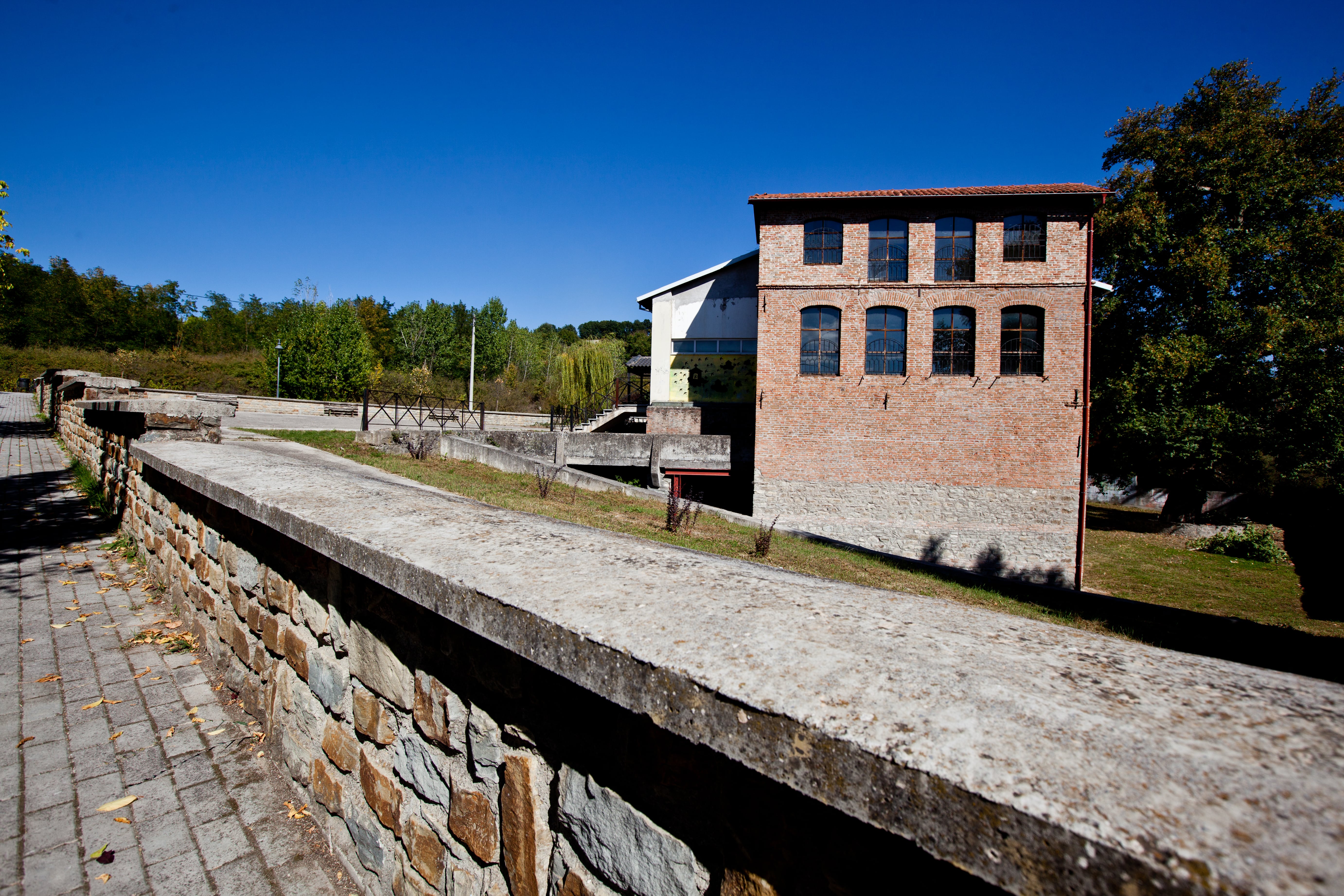Water-mill of Bousios/Mpousios (Grevena)
per person
The complex of the Water-mill of Bousios was located at the northwestern border of the city of Grevena in the area of Ergatikes Katikies that is identified with the post-Byzantine settlement of Avlais. In the same area it is confirmed the existence of residential remains dating from Roman times to late antiquity.
The mill was built in the second half of the 19th century by the Bousios family, a prominent member of which was Georgios Bousios. He was a tax collector and a demagogue of Grevena in 1906 with studies at the Higher School of Commerce of Halki, participated in the Macedonian struggle and was a member of the Sanjak of Serfiğe, the prefecture of Monastiri in 1908 where the first elections were held by the Neo-Turkish Committee. Then, he was elected as Member of Parliament for Kozani joining the party of Ionas Dragoumis and also became Minister of the Interior in the short government of Triantaphyllakos after the Asia Minor catastrophe, in 1922.
The water-mill, next to the Grevenitis river, during its many years of operation faced successive stages of renewal and modernization following the changes in the production process, in the context of industrialization that began in the middle of the 19th century. Traditional flour mills are gradually being replaced by motorized ones that used steam and oil as driving force. The mill of Bousios playing an important role in the industrial and economic development of the city operated using a locomotive and its trading activities outreached the Greek borders.
Information regarding the depiction of the complex during the middle of the 20th century was provided by an oil painting of the painter originated from Grevena, Aristotelis Varsamis, when its decay stage had already begun. The complex had three floors and it was covered with a tiled roof and functioned as a production area, owners’ home and offices of the company. Probably during the interwar it received monumental character with the use of typical building materials of the industrial complexes of the time. The masonry was a masonry in the lower part and in the upper part a brickwork. In the late 1970s, George Bousios’ heirs erected a new two-story reinforced concrete building inside the mill and demolished the old one. Nowadays, its southern part of its original construction is preserved in a large height. The mill wheel and concrete plumbing were installed at the bottom, while the upper one housed the company offices. On the outside of the shell, the over-doors are formed by arches, the second floor and the arch of the space where the wheel was placed are distinguished by a strip formed by horizontally placed bricks, while in the masonry there are handmade, forged nails. Inside the building, fragments of murals, artworks of unknown painter, with topics developed in floral garlands and decorative zones with ankles and meanders are preserved.
The building with its surrounding area will function as the New Archaeological Museum in order to exhibit the major antiquities of Grevena.
Source/References
Accessibility: Limited access, the museum does not have a wheelchair ramp.


